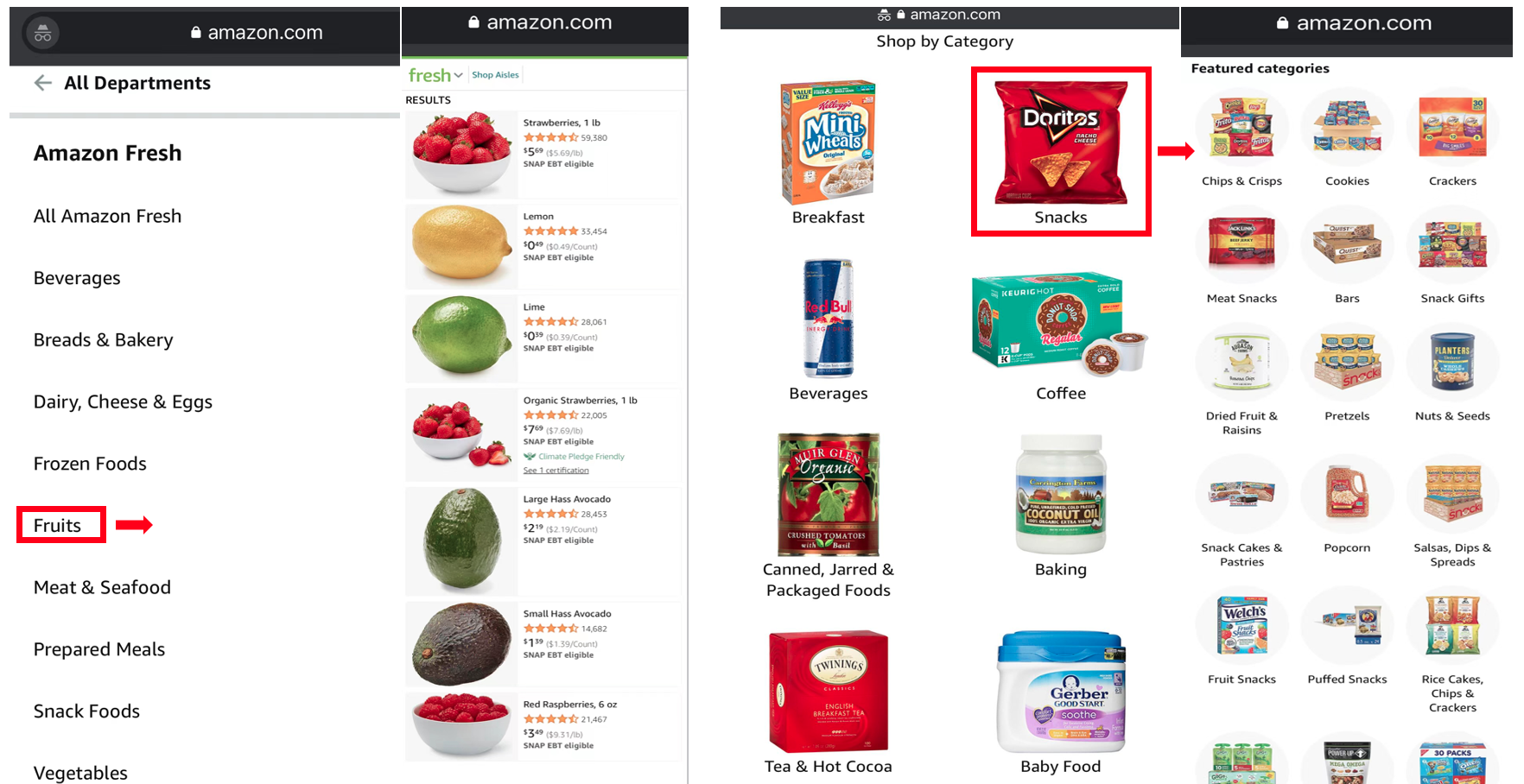Release time:2022-07-06 Hits:

- Indexed by:Essay collection
- First Author:Xiang Xiang
- Co-author:Yuwen Tan,QIan Wan,Jing Ma,Alan L. Yuille,Gregory D. Hager
- Journal:Proceedings of European Conference on Computer Vision (ECCV) 2022
- Included Journals:EI
- Place of Publication:Germany
- Discipline:Engineering
- First-Level Discipline:Control Science and Engineering
- Document Type:C
- Date of Publication:2022-07-06
- Abstract:Different from fine-tuning models pre-trained on a large-scale dataset of preset classes, class-incremental learning (CIL) aims to recognize novel classes over time without forgetting pre-trained classes. However, a given model will be challenged by test images with finer-grained classes, e.g., a basenji is at most recognized as a dog. Such images form a new training set (i.e., support set) so that the incremental model is hoped to recognize a basenji (i.e., query) as a basenji next time. This paper formulates such a hybrid natural problem of coarse-to-fine few-shot (C2FS) recognition as a CIL problem named C2FSCIL, and proposes a simple, effective, and theoretically-sound strategy Knowe: to learn, normalize, and freeze a classifier's weights from fine labels, once learning an embedding space contrastively from coarse labels. Besides, as CIL aims at a stability-plasticity balance, new overall performance metrics are proposed. In that sense, on CIFAR-100, BREEDS, and tieredImageNet, Knowe outperforms all recent relevant CIL or FSCIL methods.


